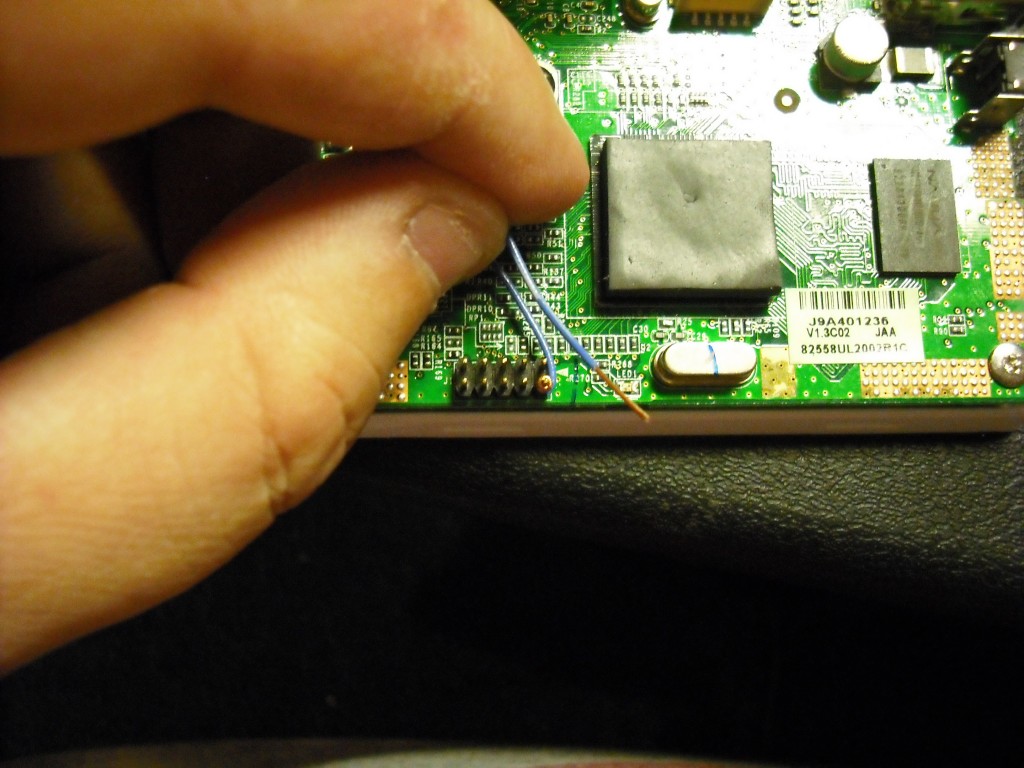

- FREEAGENT DOCKSTAR POGOPLUG UPDATE
- FREEAGENT DOCKSTAR POGOPLUG PORTABLE
- FREEAGENT DOCKSTAR POGOPLUG PROFESSIONAL
- FREEAGENT DOCKSTAR POGOPLUG FREE
Thankfully, both devices provide easy access to USB 2.0 drives for your local network and your remote use. If you don't have a FreeAgent Go, you probably are better off with Pogoplug if you can stand its new color scheme. Ultimately, the best reason to get DockStar is if you already own a Seagate FreeAgent Go drive you want to share.
FREEAGENT DOCKSTAR POGOPLUG PROFESSIONAL
The sleek and smaller DockStar is rather austere in design-it has that crisp, unadorned, stark-white motif of Apple hardware-and may look more professional in a business setting. Maybe you'd prefer DockStar's aesthetics, since the newest Pogoplug is a funky-looking colorful device that looks almost like a toy. Is there any advantage to using DockStar over using Pogoplug? Seagate is a recognizable and trusted brand maybe that alone would attract buyers over the arguably lesser-known Pogoplug. Using the Pogoplug-Seagate interface, I was able to quickly search and switch between all drives.
FREEAGENT DOCKSTAR POGOPLUG PORTABLE
I had the Seagate portable drive, an external Verbatim USB drive and two USB flash drives connected. The DockStar and Web-based service had no problems handling three additional USB drives.

FREEAGENT DOCKSTAR POGOPLUG FREE
I was quickly able to create my Free DockStar account and manage my hard drive. Next, was the matter of activating the DockStar by accessing The "Online Seagate Service" located the DockStar in mere seconds.

If the light goes amber, you have a problem with the device communicating with your network (check to ensure your router has DHCP enabled it's the only way DockStar can get an IP address and join your network, as it doesn't support Static IP addresses.) I got a green light indicating connectivity instantly, although the instruction that came in the package cautioned it could take up to 60 seconds. I connected a 500 GB FreeAgent Go Portable drive to the DockStar and hooked the dock up to my network. Pricing outrage aside, the DockStar does its job efficiently. After that, Seagate charges $30.00 per year. Seagate's DockStar is $99.99 but service is free only for the first year of use. In what may be one of the most puzzling pricing models I have ever heard of, Pogoplug's device sells for $129.00 and you get the Web-based access and sharing service for free. So Pogoplug and Seagate's DockStar have the same basic purpose and the same interface. You can manage your DockStar-connected USB drive by going to either or. In fact, Seagate uses the same cloud-based service from Cloud Engine (the makers of Pogoplug) to manage remotely-accessible USB drives.
FREEAGENT DOCKSTAR POGOPLUG UPDATE
Update your software that should actually open.There tap the Options icon in the top right-hand corner of the screen to change the default apps. Android: Tap the Settings icon on your smartphone, then tap on the Apps section. There long-press on the file, then release your finger. If you do not see an app to open the file, then tap Share "Share" and choose an app. Linux: Right click on the file, and select "Open with" and choose another program. The 99.99 sticker price of the DockStar includes a years worth of Pogoplug service (though no FreeAgent Go drive, which start at 89.99 for 250GB) after. Then choose another program and check the "Always Open With" box. Mac: Right click (or Ctrl-click) the CEID file, then click "Open with" > "Other.". Now select another program and check the box "Always use this app to open *.CEID files". Windows: Right click on any CEID file and then click "Open with" > "Choose another app". Associate the CEID file extension with the correct application.


 0 kommentar(er)
0 kommentar(er)
